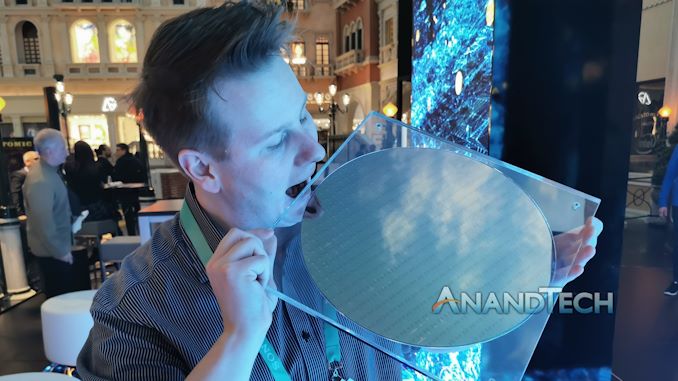Alovon11
Like Like
- Pronouns
- He/Them
Again I have to stress this, you can't compare core counts and FLOPs across Architectures.What the hell happened I was still caught up with the ransomers but what
...... 12 SM'S more shaders than PS4? Twice as many shaders as Durango Xbone? Dogs and cats sleeping together? What is going on??!!!!
Okay, how 'massive' is this chip going to be really? What kind of a ballpark reduction of size per transistor..... Per... Sm can we use, using the old 20nm X1 as a base?
Right? That one had 2 sm, we get the footprint of that, How would 12 of these ampere SM'S shrunk to 8 and 5nm compare to that footprint? How much bigger?
The GTX1050 is 640 Cores and it beats the PS4's 1024 cores quite handily.
And the RTX 3070 has 5888 Cores and 20.31 TFLOPS but the 2080Ti at 4352 Cores and 13.45 TFLOPS is right next to it in performance.
Core counts and FLOP numbers CAN NOT be used to directly compare GPUs across different generations and vendors.
You have to convert them based on FLOP-Efficiency more or less and even then that is a very tricky thing that becomes a rabbit hole really quickly




